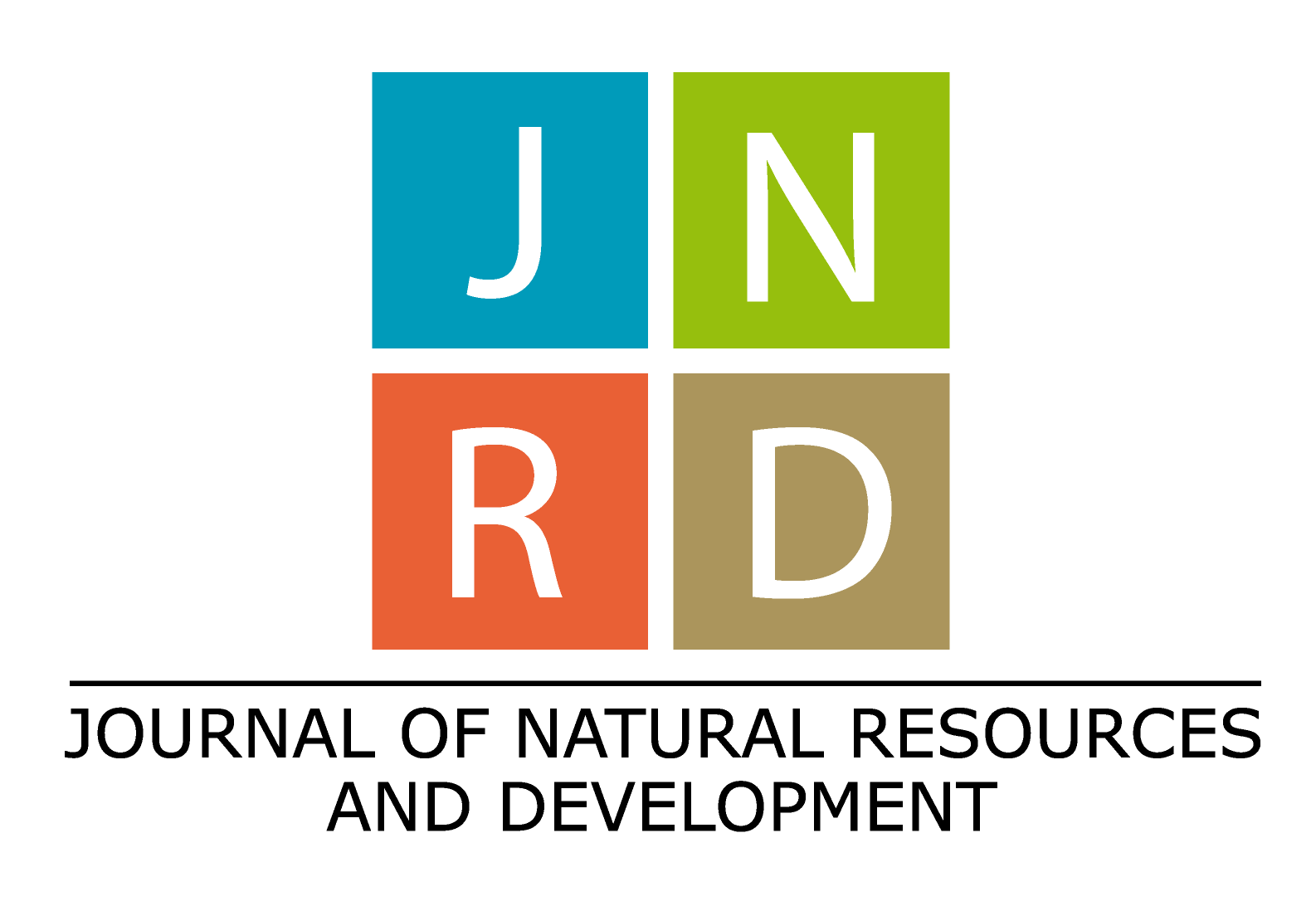Clean Cookstove Technology Use for Energy Efficiency in the School System
Main Article Content
Abstract
Globally, clean cookstoves represent the best substitute for open fire biomass stoves in order to reduce greenhouse gas emissions from fuelwood. Prospects to transfer this technology to Botswana are being explored. Our research objectives were to transfer the clean Institutional Cookstove (IC) technology to Okavango Research Institute (ORI), quantify the amount of mopane (Colophospermum mopane) fuelwood it consumes in comparison to the traditional biomass energy system, and analyze its potential to be used as a substitute for the open fire cooking method. The clean IC technology transfer to ORI was successfully completed before testing its energy efficiency and financial viability. It consumed approximately two-thirds less fuelwood than the traditional three stone stove. This presents an opportunity for a reduction in greenhouse gas emissions from fuelwood consumption in Botswana. This is a critical consideration in an environment where there is limited readily available fuelwood. The use of clean cookstoves allows enhanced carbon sequestration by live mopane woodland resources. A financial viability analysis of implementing the clean IC in primary schools showed that it has the potential to save money spent on fuelwood. Our case study provides essential pertinent results on the energy efficiency of the developed prototype, which forms a basis for further research on the use of clean cookstoves for mitigating greenhouse gas emissions from fuelwood consumption in Botswana and the entire Cubango-Okavango River Basin. A comprehensive analysis of cultural barriers to adoption of the technology will be carried out through piloting the construction of the clean cookstove.
Article Details
Issue
Section

This work is licensed under a Creative Commons Attribution-NonCommercial-NoDerivatives 4.0 International License.

